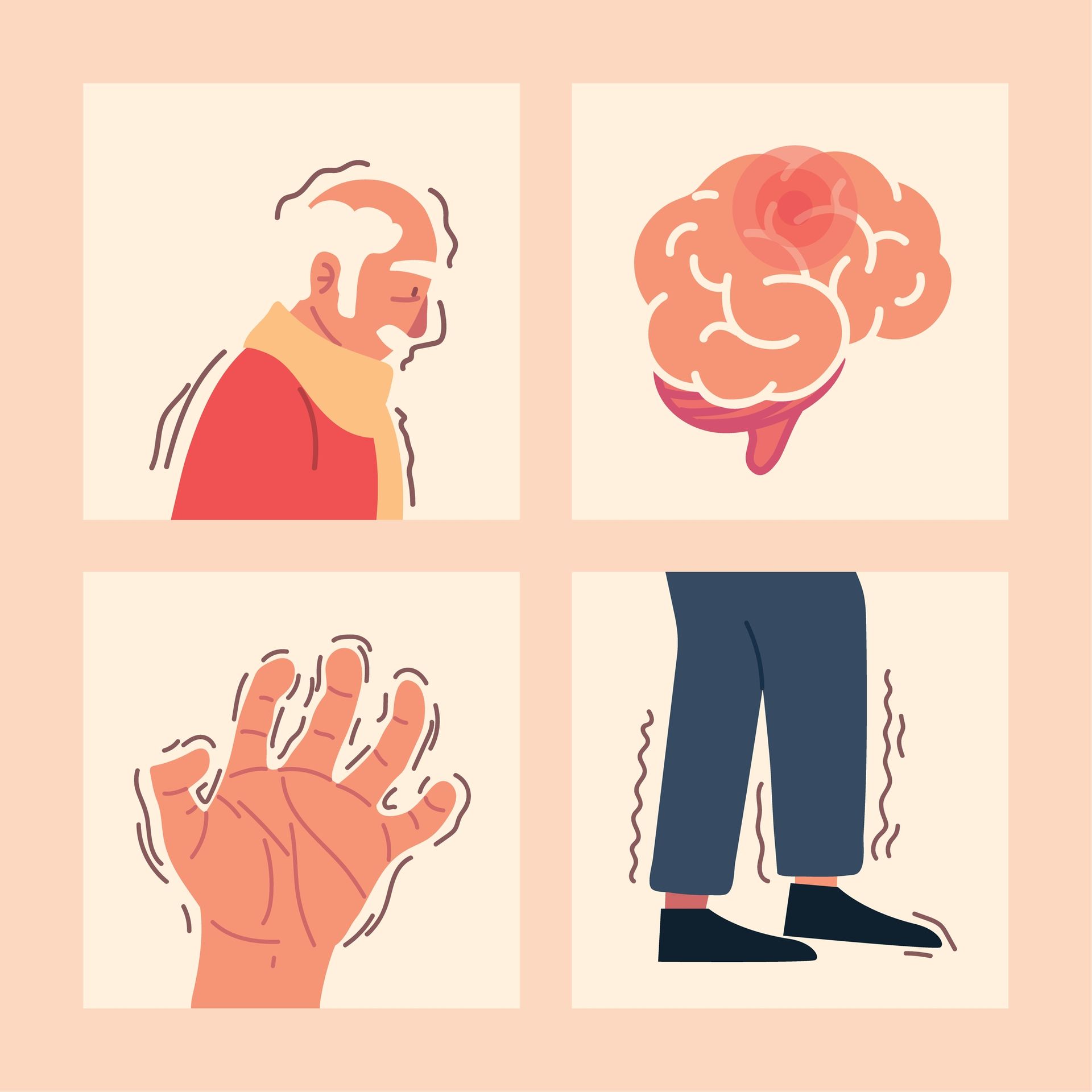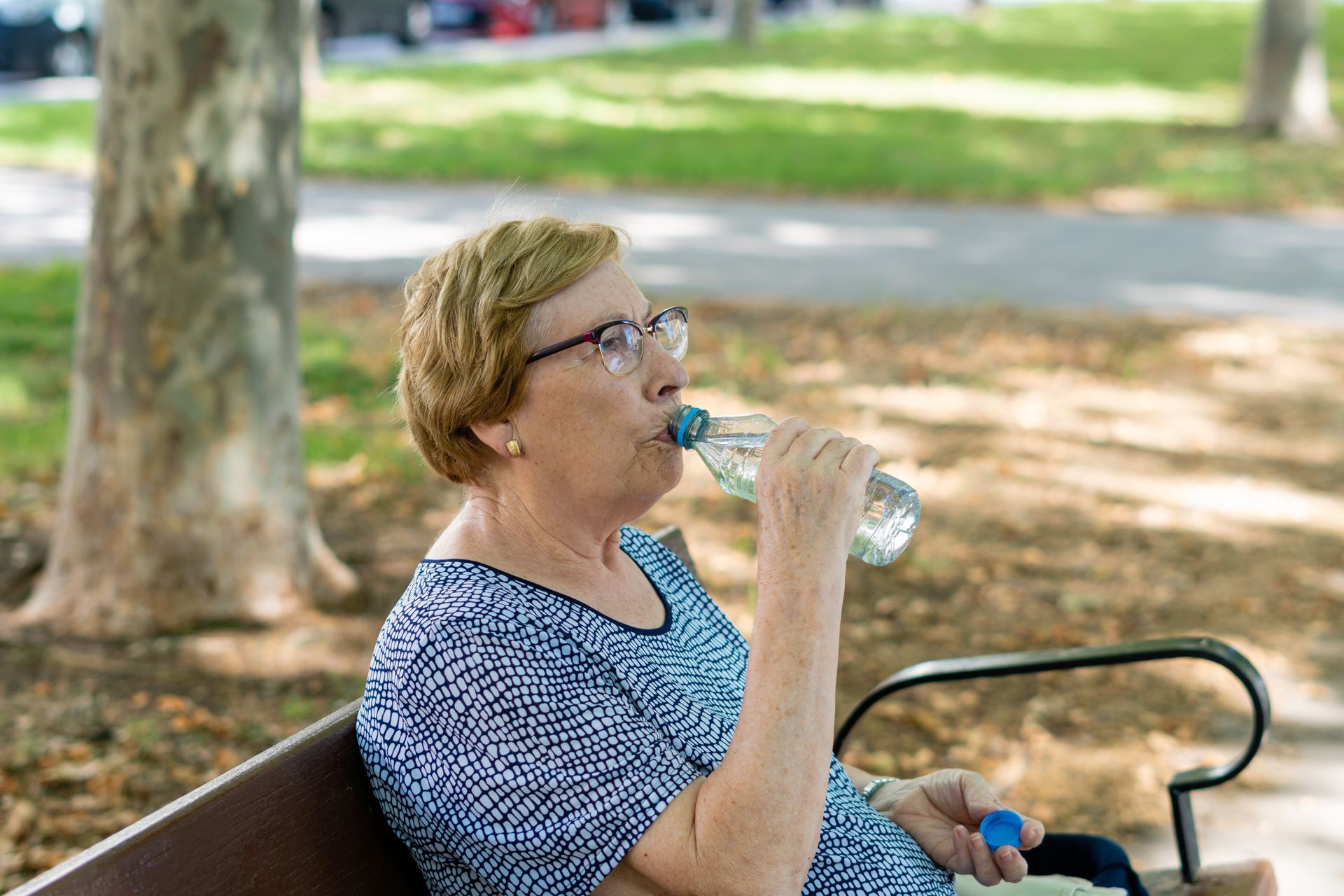BLOG
Understanding Elder Abuse Prevention and Protection Strategies
Elder abuse is a growing concern that affects millions of seniors worldwide. It can take many forms, including physical, emotional, financial, and neglect. Recognizing the signs and taking proactive measures is essential to ensuring the safety and dignity of older adults. Assisted living communities play a key role in prevention by providing structured support and vigilance.
Creating awareness and implementing protective strategies can help reduce the risk of elder abuse. Families and caregivers must stay informed about potential warning signs and know how to intervene. Studies show that one in ten seniors experiences abuse, yet many cases go unreported. By understanding the issue, communities can create safer environments for their elderly loved ones.
Recognizing the Signs of Elder Abuse
Identifying elder abuse requires careful attention to physical, emotional, and behavioral changes. Unexplained injuries, bruises, or burns may indicate physical abuse. Emotional abuse can be harder to detect, but symptoms include withdrawal, fear, and sudden mood swings.
Neglect may be evident through poor hygiene, malnutrition, or untreated medical conditions.
Financial exploitation is another common form of elder abuse. Unusual banking transactions, missing valuables, or sudden changes in financial documents may signal exploitation. Caregivers and family members should regularly monitor financial statements to detect any irregularities. Protecting seniors from fraud requires education and proactive oversight.

Seniors who suffer from abuse often show signs of depression and anxiety. A lack of interest in activities, changes in appetite, or disrupted sleep patterns can be indicators. Social isolation can increase the risk of abuse, making regular communication and check-ins crucial. Assisted living communities help by fostering social engagement and monitoring residents' well-being.
Reporting suspected abuse is essential for ensuring seniors’ safety. If any signs are noticed, contacting local authorities or adult protective services is necessary. Many seniors are reluctant to report abuse due to fear or embarrassment. Encouraging open discussions and providing accessible reporting options can help address the issue.
Preventative Measures for Families and Caregivers
Education is one of the most effective tools in preventing elder abuse. Families should familiarize themselves with common risk factors and warning signs. Regular training for caregivers can help ensure that they understand proper care practices. Assisted living communities provide ongoing staff education to maintain a safe and respectful environment.
Building strong relationships with seniors can reduce the likelihood of abuse. When seniors feel valued and supported, they are more likely to speak up about concerns. Encouraging open communication about their well-being can prevent mistreatment. Family members should visit frequently and engage in meaningful conversations.
Proper caregiver screening is crucial in reducing the risk of abuse. Background checks, reference verifications, and ongoing evaluations should be mandatory. Assisted living facilities prioritize hiring trained professionals who meet high standards. Establishing ethical guidelines and accountability helps create a culture of trust and safety.
Establishing legal protections can help safeguard seniors from financial and legal exploitation. Effective strategies include establishing
power of attorney, monitoring financial activity, and using trusted advisors. Families should also ensure that all legal documents are updated and secure. Assisted living facilities often provide resources to help families navigate these important steps.
The Role of Assisted Living Communities in Elder Abuse Prevention
Assisted living communities provide structured care designed to prevent elder abuse. Professional staff members are trained to recognize and address any signs of mistreatment. Regular wellness checks help identify issues before they escalate. A strong support system within these communities ensures residents feel safe and respected.
Secure environments within assisted living facilities reduce the risk of neglect and exploitation. Many communities implement safety measures, such as surveillance systems and visitor tracking, to protect seniors from unauthorized individuals. Staff members also monitor interactions to ensure respectful treatment.
Social engagement programs in assisted living communities are crucial in reducing isolation. Group activities, therapy sessions, and communal dining encourage residents to build relationships. A connected and engaged community helps seniors feel supported and valued, reducing the likelihood of them becoming victims of abuse.
Regular staff training is essential to maintaining high standards of care. Assisted living facilities provide ongoing education to ensure caregivers follow best practices. Employees learn how to identify potential abuse and take appropriate action. This proactive approach strengthens the overall protection of residents.
Legal and Advocacy Efforts to Protect Seniors
Laws and regulations exist to protect seniors from abuse and neglect. Many states have mandated reporting laws requiring professionals to report suspected cases. These legal protections help hold perpetrators accountable and prevent further harm. Advocacy groups work to strengthen policies that safeguard seniors’ rights.
Families should be aware of local elder abuse reporting laws. Understanding these regulations ensures that they can take appropriate action if needed. Many organizations provide guidance on legal steps and available resources. Assisted living communities often collaborate with legal experts to educate residents and families.

Elder justice initiatives focus on increasing awareness and preventing abuse. Programs such as the National Center on Elder Abuse provide education and support. These initiatives help communities recognize and respond to abuse more effectively. Assisted living facilities often participate in these efforts to enhance resident protection.
Supporting seniors in legal matters can help prevent financial exploitation. Establishing legal guardianship, setting up trusts, and consulting elder law attorneys are recommended steps. Assisted living communities can provide connections to reputable legal advisors. Ensuring proper documentation and legal oversight strengthens protections against abuse.
How Assured Senior Living Ensures Safety and Well-being
At Assured Senior Living, the safety and well-being of residents are top priorities. Their communities implement strict safety measures, including regular wellness checks and professional caregiver training. Families can have peace of mind knowing that their loved ones receive the highest level of care. Staff members are trained to recognize and prevent all forms of elder abuse.
Assured Senior Living fosters a supportive and engaging environment. Social programs and community events help residents stay connected and active. A secure setting ensures that seniors feel comfortable and valued. Their approach emphasizes dignity, respect, and comprehensive care.
Families looking for a trusted assisted living community can rely on Assured Senior Living. Their commitment to safety and quality care sets them apart. Contact Assured Senior Living today to learn more about their services. Protect your loved ones by choosing a community that prioritizes their well-being. Talk to us today.














